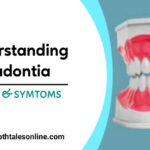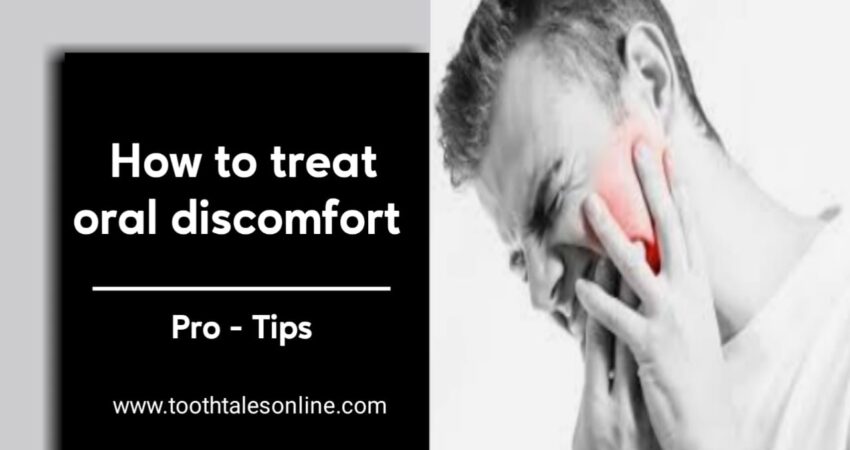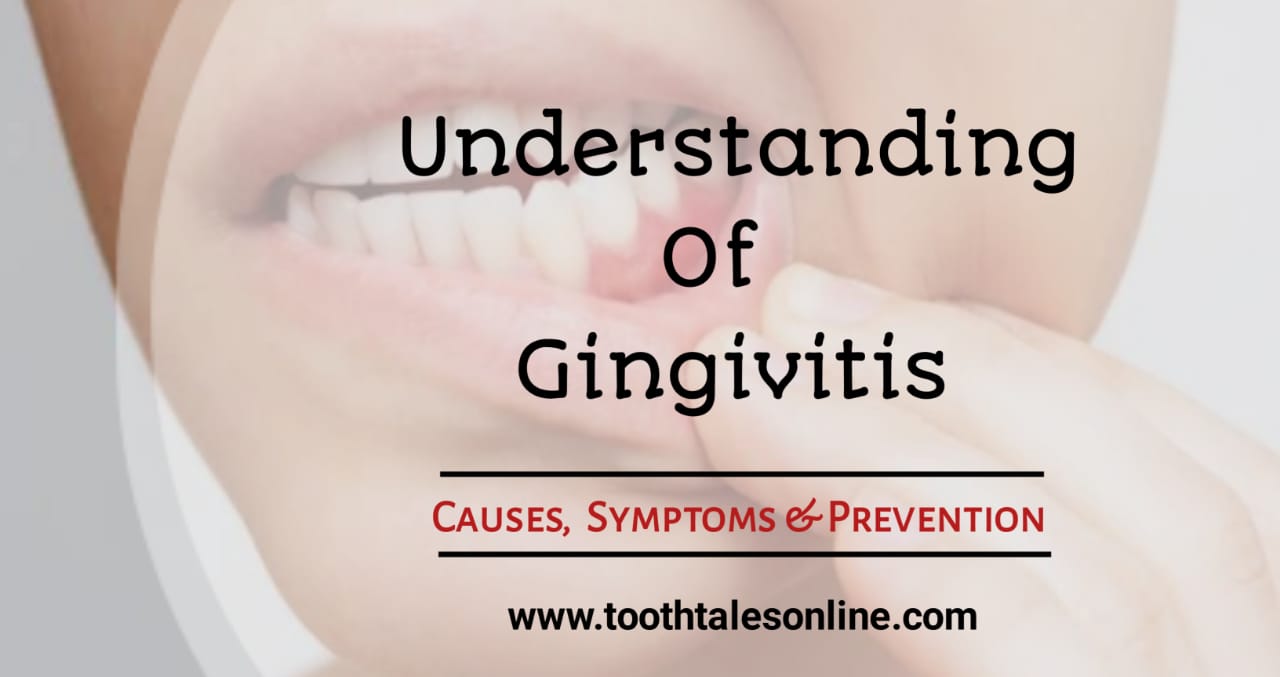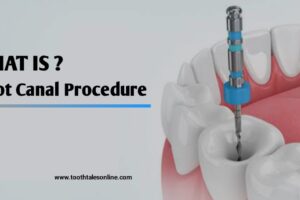Gingivitis:
Gingivitis is a common gum disease that many people experience. It’s important to know what gingivitis is, what causes it, and how to treat it to keep your mouth healthy. In this easy guide, we’ll cover everything you need to know about gingivitis.
What is Gingivitis?
Gingivitis is a mild form of gum disease that makes your gums red, swollen, and irritated. It happens when plaque, a sticky layer of bacteria, builds up on your teeth. If you don’t clean your teeth regularly, plaque can harden, causing more serious gum problems over time. If untreated, gingivitis can lead to tooth loss.
What Causes Gingivitis?
These are some causes of gingivitis, such as
1.Poor Oral Hygiene:
Not brushing and flossing regularly allows plaque to build up on your teeth, which leads to gingivitis.
2.Smoking and Tobacco Use:
Smoking weakens your immune system and slows gum healing, making you more likely to get gum disease.
3.Certain Medications:
Some medications can reduce saliva in your mouth, leading to more plaque and an increased risk of gingivitis.
4.Hormonal Changes:
Puberty, pregnancy, and menopause can make your gums more sensitive, increasing the chance of gum irritation.
5.Poor Nutrition:
A diet lacking in vitamins and nutrients weakens your body’s ability to fight infections, including gum disease.
Symptoms of Gingivitis:
Here are some key symptoms are include,
1.Bleeding gums:
Healthy gums should not bleed. If your gums bleed when brushing or flossing, it could be a sign of gingivitis.
2.Swollen, tender gums:
Gingivitis makes gums red, swollen, and painful when touched.
3.Bad breath:
Bacteria buildup can cause bad breath, or halitosis, which is often a sign of gingivitis.
4.Receding gums:
As the disease progresses, your gums might start pulling back from your teeth.
5.Shifting teeth:
In severe cases, untreated gingivitis can cause teeth to move or become loose.
How to Treat and Prevent Gingivitis?
Treatment guide line of gingivitis, include
1.Improve Your Oral Hygiene:
Brush your teeth twice a day with fluoride toothpaste, floss every day, and use mouthwash to reduce plaque buildup.
2.Get Regular Dental Cleanings:
A dentist can remove tartar (hardened plaque) that brushing alone can’t get rid of.
3.Quit Smoking:
If you smoke or use tobacco, quitting will help reduce your risk of gum disease.
4.Eat a Healthy Diet:
Eating fruits, vegetables, and whole grains supports your immune system and keeps your gums strong.
5.Manage Stress:
Stress can weaken your immune system, making it harder for your body to fight gum infections. Try relaxation techniques like exercise, meditation, or deep breathing to stay healthy.
Conclusion:
Gingivitis is common but preventable. By brushing and flossing regularly, eating a healthy diet, and visiting your dentist for cleanings, you can avoid gum disease. If you think you might have gingivitis, talk to your dentist. Early treatment can stop the disease from getting worse and help you keep your gums and teeth healthy.
FAQs:
1. Can gingivitis go away on its own?
Gingivitis can improve with good oral hygiene, but professional dental care is often needed to fully treat it.
2. How long does it take to get rid of gingivitis?
With proper care, gingivitis can start to improve within a few days, but it can take up to two weeks for full recovery.
3. What happens if gingivitis is left untreated?
If left untreated, gingivitis can turn into a more severe form of gum disease, called periodontitis, which can lead to tooth loss.
5. How do I know if I have gingivitis?
The most common signs are red, swollen gums that bleed when you brush or floss, along with persistent bad breath.






















Add Comment